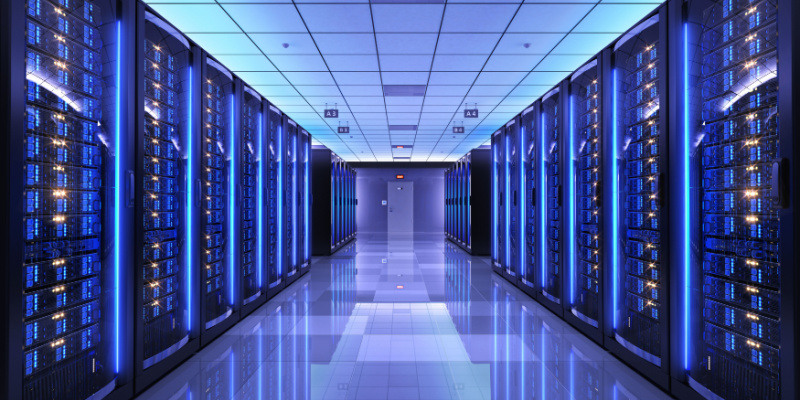In the age of instant connectivity and digital transformation, servers form the backbone of everything we do online. Whether you’re streaming your favorite show, running a complex enterprise application, or hosting a personal website, server infrastructure powers it all. But what exactly goes into designing, maintaining, and scaling this critical component of modern technology? Let’s explore the fascinating world of server infrastructure and its importance.
Server infrastructure refers to the collection of hardware, software, network components, and operational processes that collectively provide the foundation for hosting and running applications, websites, and services. At its core, it includes physical servers, which are hardware machines performing computing tasks; virtual machines (VMs), which are software emulations of physical servers; networking components like switches, routers, and firewalls; storage solutions such as SSDs and HDDs; and management tools for monitoring and optimizing performance.
Modern server infrastructure comes in various forms, depending on the use case. On-premises servers are hosted within an organization’s premises, offering full control but requiring significant investment and maintenance. Cloud servers, offered by providers like AWS and Azure, provide scalable and cost-effective solutions accessible via the internet. Hybrid infrastructures combine on-premises and cloud solutions for flexibility, while edge servers bring computing closer to users, reducing latency and enhancing performance.
Designing a reliable server infrastructure requires careful attention to several components. Hardware selection is critical, as CPU power, RAM, and storage type directly affect performance. Operating systems like Linux or Windows Server provide the foundation for applications, while networking ensures fast and secure data transfer. Virtualization improves resource utilization, and monitoring tools like Prometheus or Nagios help maintain optimal server health.
Despite its importance, server infrastructure poses challenges. Scalability is a significant concern for growing businesses, while downtime can lead to financial losses. Security is another critical issue, as servers are often prime targets for cyberattacks. Additionally, maintenance demands expertise to keep hardware and software up-to-date.
Emerging trends in server infrastructure include serverless computing, which lets developers focus on code while cloud providers handle infrastructure. Containerization, powered by tools like Docker and Kubernetes, simplifies deployment across environments. Green data centers are gaining traction to address energy concerns, while AI-driven management tools optimize performance and automate routine tasks.
To ensure efficient and reliable infrastructure, follow best practices such as designing for redundancy to prevent downtime, automating routine tasks, implementing robust backup strategies, and proactively monitoring systems. Security should always be a priority, with regular software updates, firewalls, and strict access controls.
Server infrastructure is the unsung hero of the digital age, powering everything from small websites to global enterprises. A well-planned and managed server infrastructure ensures scalability, reliability, and security, forming the cornerstone of any successful digital operation. By understanding its components, challenges, and future trends, businesses can build a foundation that supports innovation and growth in an increasingly interconnected world.

